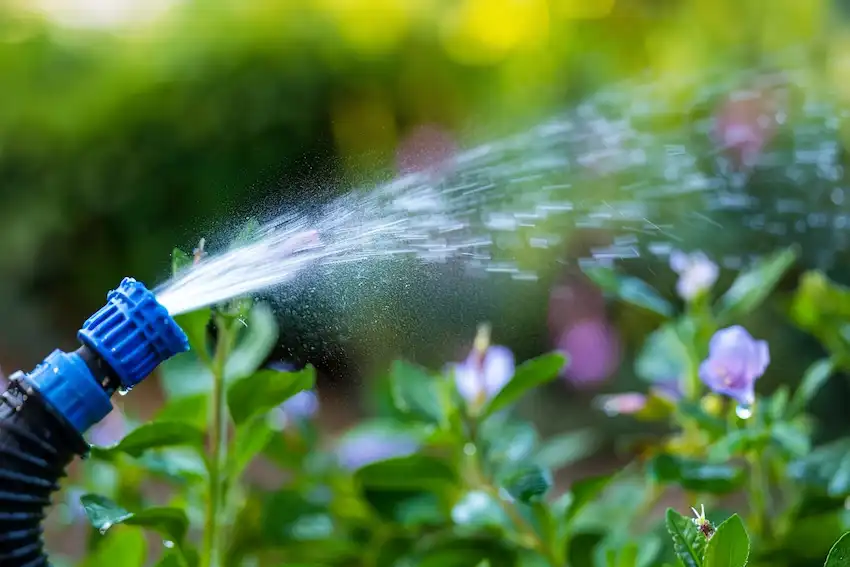Fertilizing trees correctly is essential for promoting their health and growth. Here’s a comprehensive guide on how to do it right, avoiding common mistakes and maximizing the benefits of your fertilization efforts.
Understanding the Root System
Before you begin fertilizing, it’s crucial to understand where a tree’s roots are most active:
- Root Location: Most of a tree’s absorbing roots, including root hairs, are located not at the base of the trunk but extending outward beneath the canopy, often reaching beyond the drip line (the area directly under the tree’s canopy where rainwater would fall).
Step 1: Assessing the Need for Fertilization
1. Soil Testing
- Why: Soil testing provides crucial information about the nutrient levels in the soil and helps determine what your tree might be lacking.
- How: Collect soil samples from around the tree’s root zone and send them to a local extension service or soil testing lab.
2. Observation
- Signs of Deficiency: Look for visual signs such as yellowing or discolored leaves, slow growth, and early leaf drop, which can indicate nutrient deficiencies.
Step 2: Choosing the Right Fertilizer
1. Type of Fertilizer
- Recommendation: Use a slow-release, granular fertilizer for trees. These fertilizers provide nutrients over an extended period and reduce the risk of nutrient leaching.
2. Fertilizer Formula
- Balanced N-P-K Ratio: A balanced ratio (e.g., 10-10-10) is generally suitable unless soil testing indicates a specific need for more nitrogen (N), phosphorus (P), or potassium (K).
Step 3: Proper Fertilization Technique
1. Where to Fertilize
- Location: Apply fertilizer to the area where the tree’s root hairs are most active, which is under the canopy and extending just beyond the drip line. Avoid placing fertilizer directly at the trunk base, as this can lead to damage.
2. How to Apply
- Broadcast Method: Spread the fertilizer granules evenly over the soil surface within the root zone.
- Fertilizer Wells: For deeper nutrient access, create shallow wells (4-6 inches deep) around the drip line and place the fertilizer in these wells. This technique allows nutrients to penetrate deeper into the soil.
3. Watering
- Post-Application: After applying the fertilizer, water the area thoroughly. This helps dissolve the granules and move the nutrients into the soil where they can be absorbed by the roots.
- Avoid Waterlogging: Ensure that the water does not pool around the trunk, as this can lead to root rot.
Additional Tips for Tree Care
1. Watering Practices
- Avoid Trunk Contact: Direct water on the trunk can lead to decay. Use mulch or a dirt barrier to keep water away from the trunk.
- Drainage: Ensure the soil around your tree has good drainage to prevent overhydration and root rot. If your soil is clay-heavy or poorly draining, consider improving drainage with organic matter or raised beds.
- Watering Frequency: In dry or hot weather, water regularly but avoid flooding. Instead, distribute water in smaller, more frequent doses to keep the soil moist but not waterlogged.
2. Fertilization Timing
- Best Times: Fertilize in early spring as the tree begins its growing season, and potentially again in late summer. Avoid fertilizing late in the fall, as this can stimulate new growth that may not harden off before winter.
3. Organic Options
- Natural Fertilizers: Consider using compost or organic fertilizers as they provide a slow, steady supply of nutrients and improve soil health.
4. Monitoring and Adjustment
- Regular Checkups: Monitor your tree’s response to fertilization and adjust as needed based on growth and health.
By understanding your tree’s root system, selecting the right type of fertilizer, and applying it correctly, you can enhance the health and growth of your trees. Proper fertilization supports natural processes and fosters a thriving, sustainable environment for your trees.

